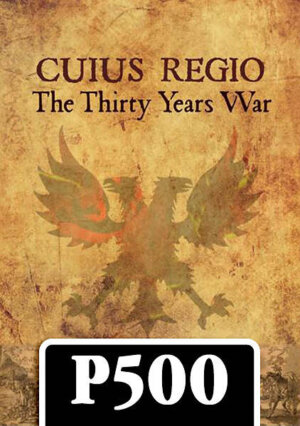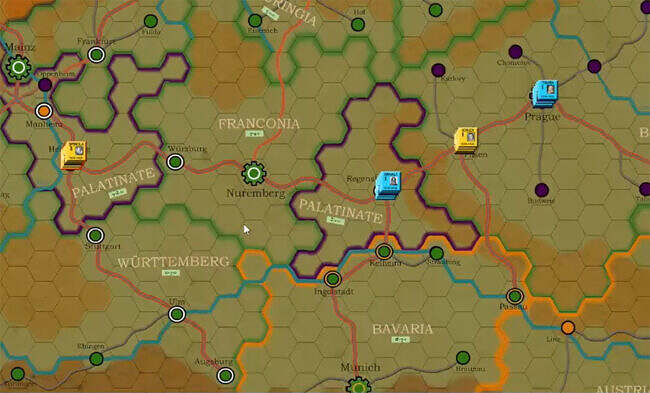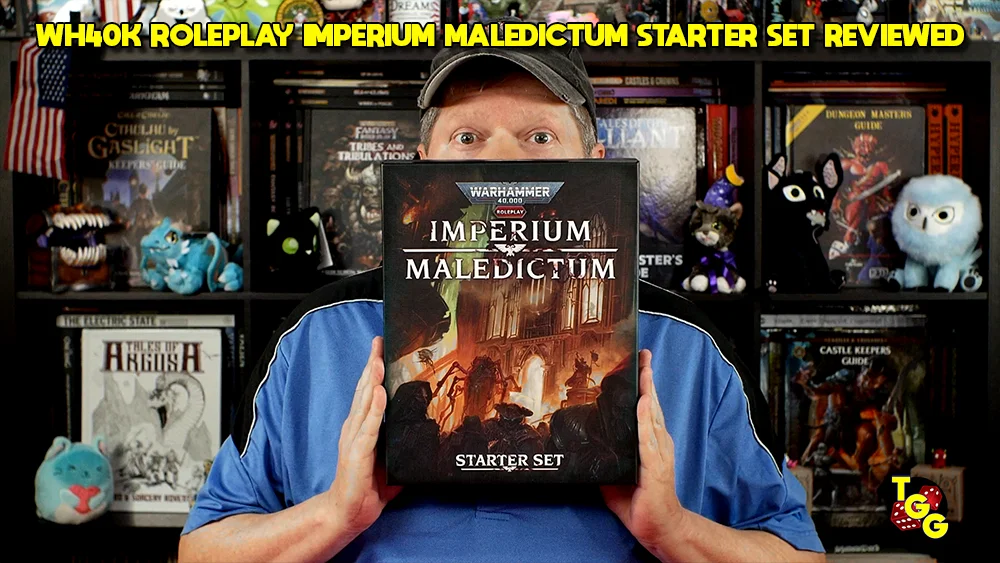
About the game:
In May 1618, two imperial regents of the Habsburg Empire, along with their secretary, were thrown from the window of the council room in Prague Castle for violating an agreement that protected Protestant religious rights. The act, known as the Defenestration of Prague, marked the beginning of 30 bloody years of warfare— the Thirty Years War.
Cuius Regio explores the operational military aspects of this pivotal period in European history and focuses on the maneuvers and battles that shook Europe for three decades.
The Thirty Years War unfolded in four main phases: the Bohemian Revolt from 1618 to 1625, the Danish intervention from 1625 to 1630, the Swedish intervention from 1630 to 1635, and the French intervention from 1635 to 1648. It concluded with the Peace of Westphalia in 1648, which finally established a new status quo in Europe, the concept of the sovereignty of states, and shifted the focus of continental politics from southern Europe to the northern states.
Although much of the focus of the period revolved around the diplomatic, religious, and political activities of the many factions involved, the military operations had a devastating impact on the economic and social well-being of the people across much of the continent.
This was in large part because the Thirty Years War, particularly in the Holy Roman Empire, was mainly a war of maneuvering. Armies moved to gain, or regain, control of territory, influence negotiations, or convert the people. Because the armies often contained a large number of mercenaries and supply systems were rudimentary, this resulted in widespread devastation and frequent sieges. Sieges, however, were usually short and resolved by a quick surrender in hopes of avoiding a brutal sacking (since most logistics were managed by sacking towns, pillaging regions, and disbanding troops).
Through the period, Europe saw the consolidation of national armies, artillery become an indispensable part of the battlefield, and pikemen almost disappear. Still, the armies stayed technologically matched as weaponry on both sides advanced at a similar pace. In the end, tactical innovations and leadership made the difference on the battlefield.
- Space 1999: The Roleplaying Game Receives a Free Quickstart - Apr 4, 2025
- PWYW for the Temple of the Beggar-King Adventure for OSE Advanced Fantasy - Apr 4, 2025
- Score Savings with the Feng Shui Ammo Pack - Apr 4, 2025



















